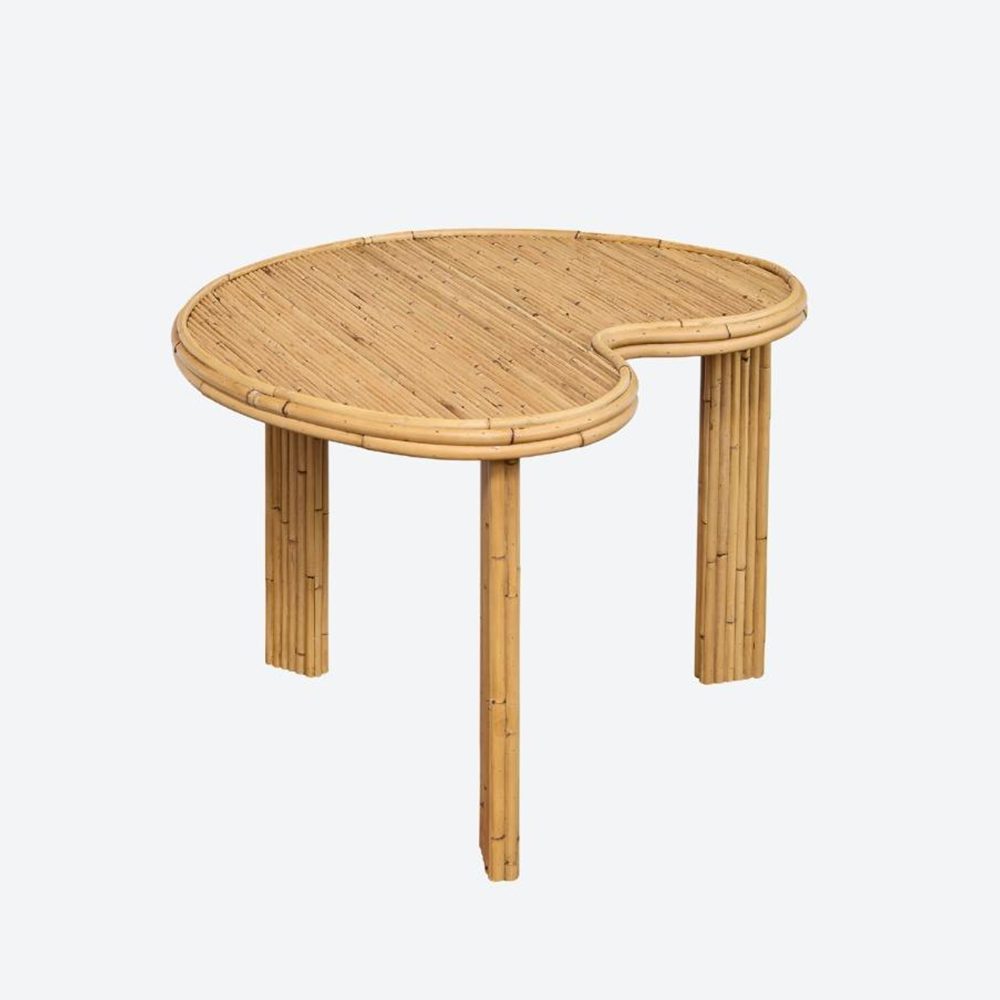Hidden Trails — Designer Chloé Nègre's Insider Guide to Exploring Paris
The founder of the eponymous Parisian architecture and interior design studio shares her curated itinerary to the City of Light

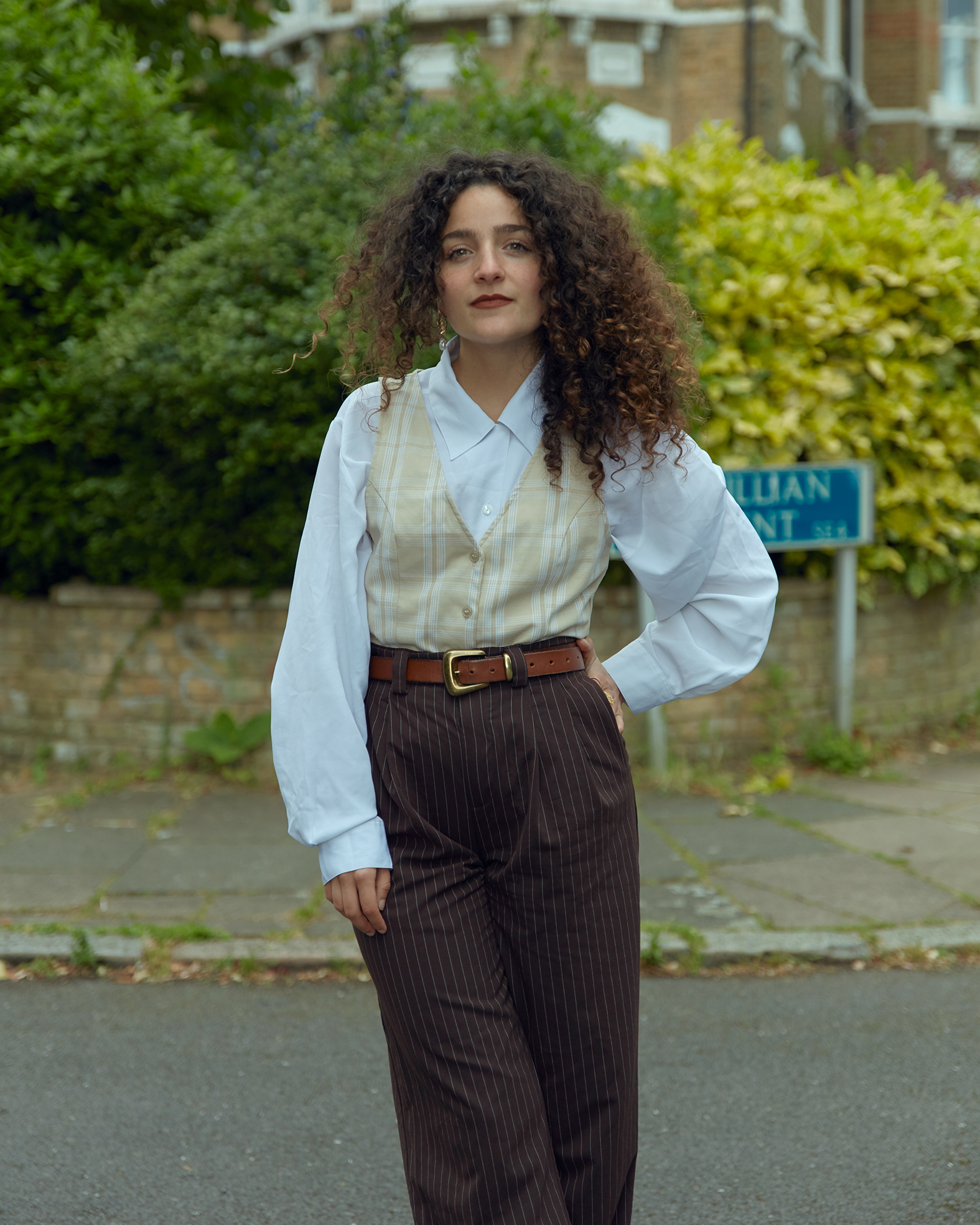
What better way to see the world than through the eyes of our favorite tastemakers? In Hidden Trails, we look at the places that feel most like home to our community of design insiders — wherever those might be — to help you uncover what their cities have in store for you.
If there is a motif recurring throughout both the architectural and furniture practice of French designer Chloé Nègre, it is her ability to tap into her surroundings to give life to spaces and objects that feel like organic extensions of their environment. Characterized by playful lines and a daring juxtaposition of materials, Studio Chloé Nègre's residential, hotel, and retail projects capture the cosmopolitan essence of Paris by reinterpreting its decades-spanning craftsmanship tradition through a refreshing yet equally elegant lens.
Whether applying her research-led approach to design to the city's newest luxury hotels or elevating the concept of its independent boutiques through her ingenious understanding of storytelling, texture, and color, Nègre does not just draw inspiration from Paris in her work. Instead, her highly imaginative, zestful creations directly contribute to its reputation as one of the world's leading design capitals, translating the timelessness of Parisian excellence into countless new, unexpected forms.
Below, Nègre guides us along their places of affection to an unconventional exploration of the city, from museums and galleries to one of the most beautiful Paris restaurants.
1. Time Travel at Musée des Arts Décoratifs
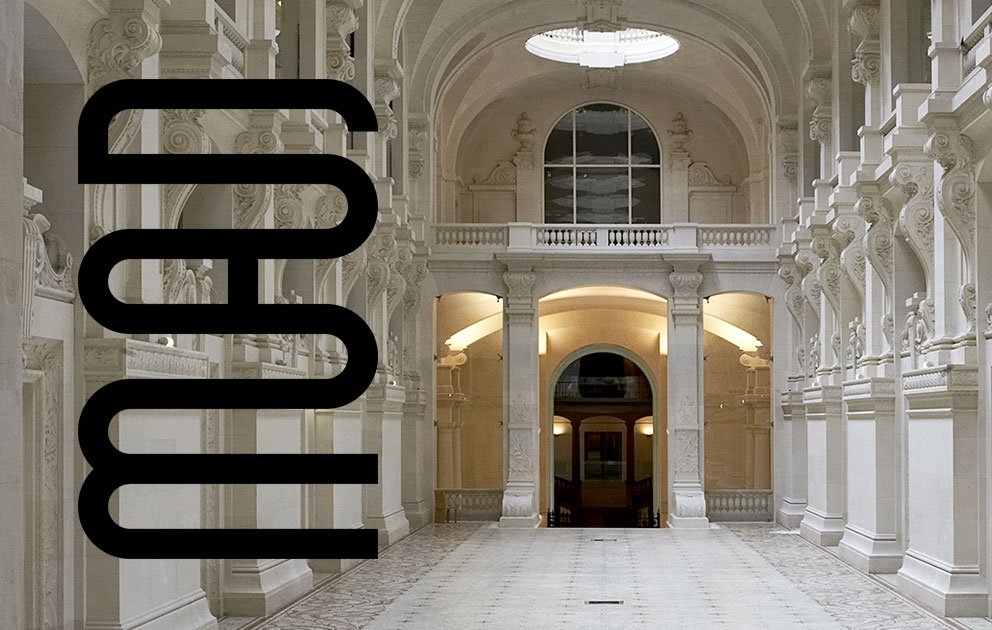
Situated in the beating heart of the 1st arrondissement, the Musée des Arts Décoratifs occupies the north-western wing of the Palais du Louvre, known as the Pavillon de Marsan. A Paris must-see for all interior design and decorating enthusiasts, the museum houses around one million objects, dating from the Middle Ages to the present day, making it continental Europe's largest decorative arts institution. An attraction in itself thanks to its sumptuously designed palatial rooms, the building bears the signature of architect Gaston Redon, who completed it in 1905.
For Nègre, who chose it as her favorite art space in Paris, the allure of the Musée des Arts Décoratifs endures even today. She enjoys getting lost in the reconstructions of historical Parisian salons featured in its permanent collection, or soaking up the view of the Tuileries Gardens from the museum's top floors.
Be The First To Know
The Livingetc newsletters are your inside source for what’s shaping interiors now - and what’s next. Discover trend forecasts, smart style ideas, and curated shopping inspiration that brings design to life. Subscribe today and stay ahead of the curve.
2. Get a Sneak Peek at Chloé Nègre's Furniture Brand, Laclaux
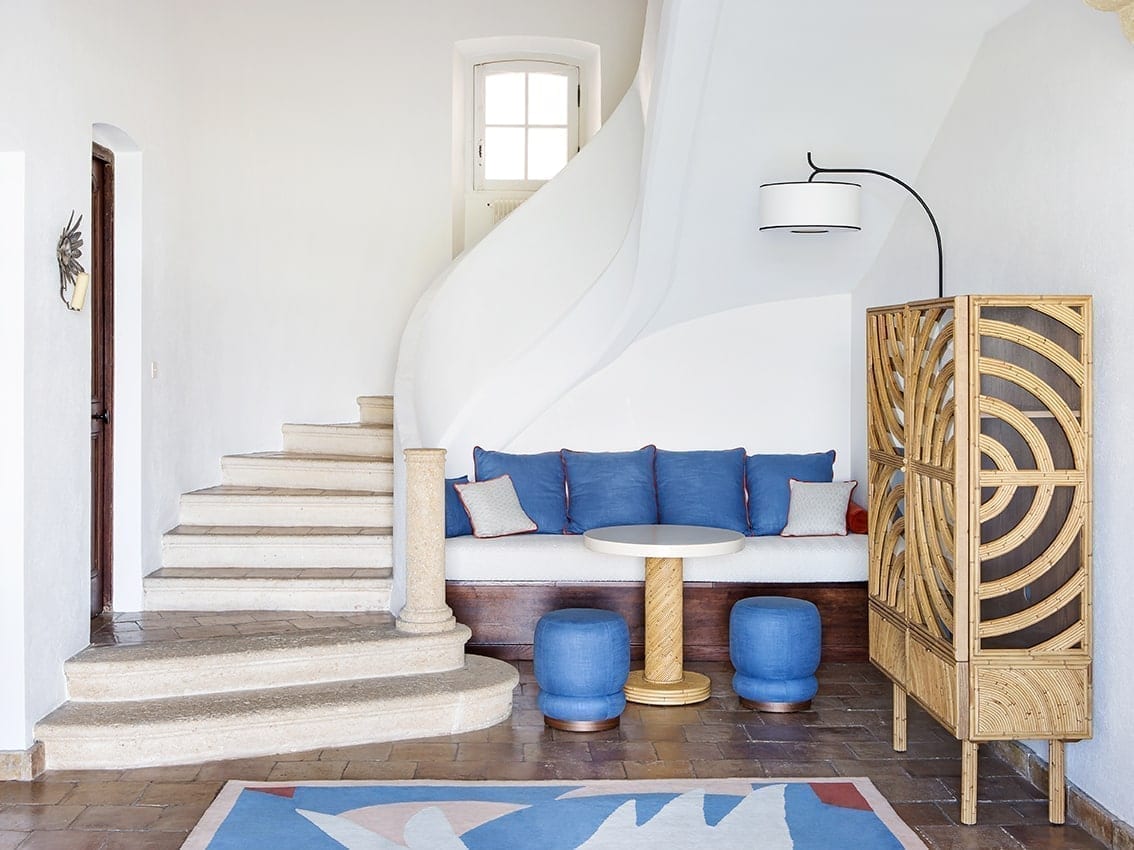
The Armoire Cyprès, one of the items part of the Collection Mougins, as seen on The Invisible Collection
20 rue des Petits Champs, 75002
When asking our favorite designers to take us on their personally curated tour of Paris, we have purposefully granted them the opportunity to highlight locations that speak directly of their practice as, of course, those too participate in defining their experience of the city. To hint at a new chapter in her design career, Nègre invites us to make our way "to our new showroom near Palais Royal, where our furniture brand Laclaux is set to launch in September," she says. Driven by a "love of creation", the designer's homeware projects are imbued with a contagious energy that brings the rooms to life; a distinguishing trait we look forward to seeing more of in the months to come.
3. Buy Yourself Flowers at CHIKAKO
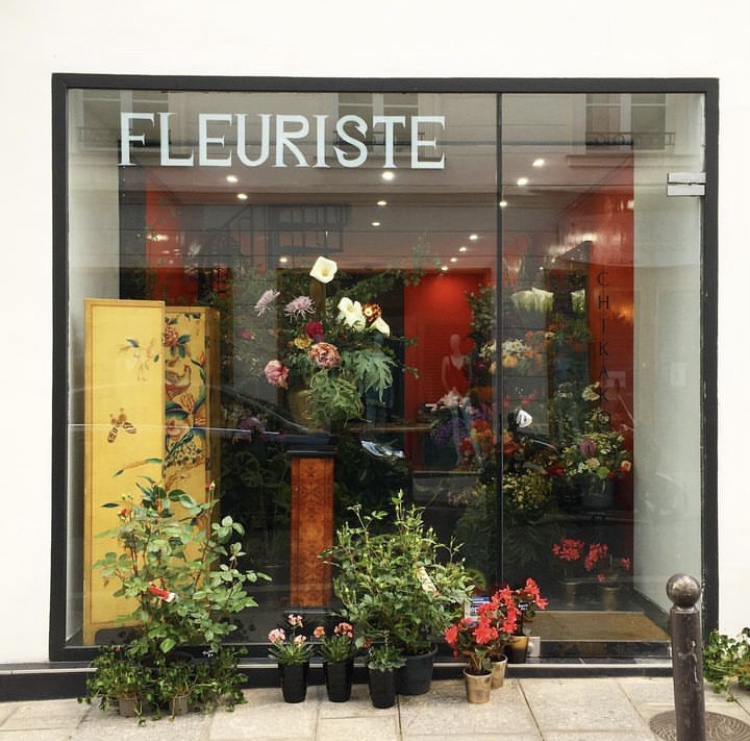
Flower shops and markets are one of the destinations I enjoy most while visiting a new city: traditionally independent, they don't only add a fragrant touch of color to its streets, but also offer a window into its true community by serving as a go-to destination for those that live there year-round. And that's certainly the case of CHIKAKO, the hyper-central florist Nègre loves "for her colorful selection of flowers and her talent to compose fabulously delicate arrangements," as the designer tells me.
Situated in Paris' 2nd arrondissement, CHIKAKO is not your usual flower shop: with regular clients such as luxury fashion houses Maison Alaïa and Loewe, it is an active protagonist in the French capital's culture extravaganza, contributing everything from traditional bouquets to plant-based set designs and installations.
4. Feel the breadth of Parisian culture at Le Jardin du Palais Royal
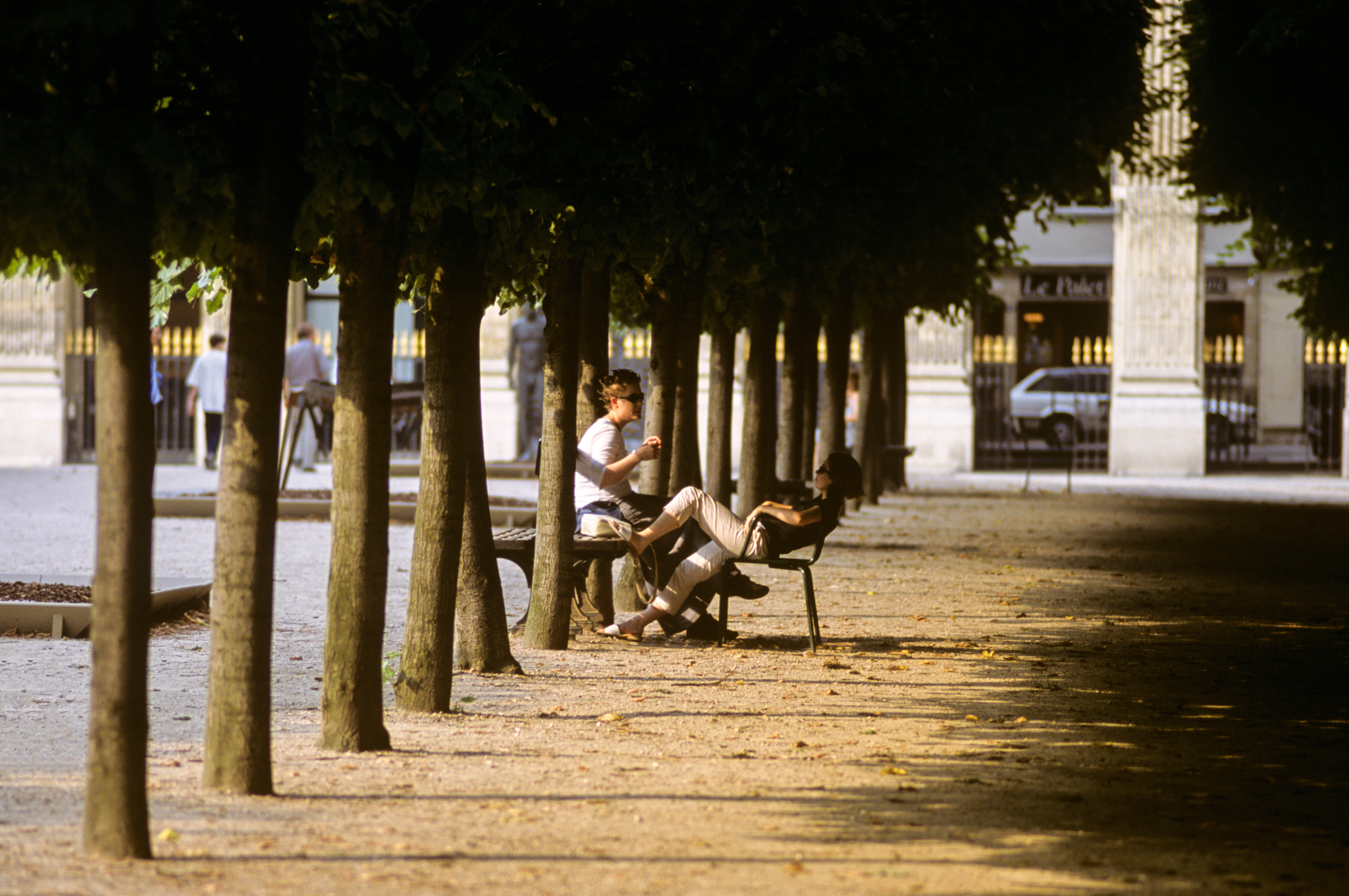
Le Jardin du Palais Royal in 1987
Sharing this travel pick with fellow designer Pietro Scaglione, the co-artist director of legendary decoration firm PINTO, Nègre looks at Le Jardin du Palais Royal as the ultimate Paris destination. "It is my favorite place in town," she says, and pretty much for everything you might be after — "from the architecture and the flowers, to its many stores and cafes."
Inaugurated in 1639 as part of the neo-classical royal palace conceived for Cardinal Richelieu by architect Jacques Lemercier, the public park has been tracing the history of Paris as it happens for the past four centuries, while its brimming-with-life shopping arcade is believed to have laid the foundations for what is Europe's contemporary retail experience.
5. Catch a chef at work at 19 Saint Roch
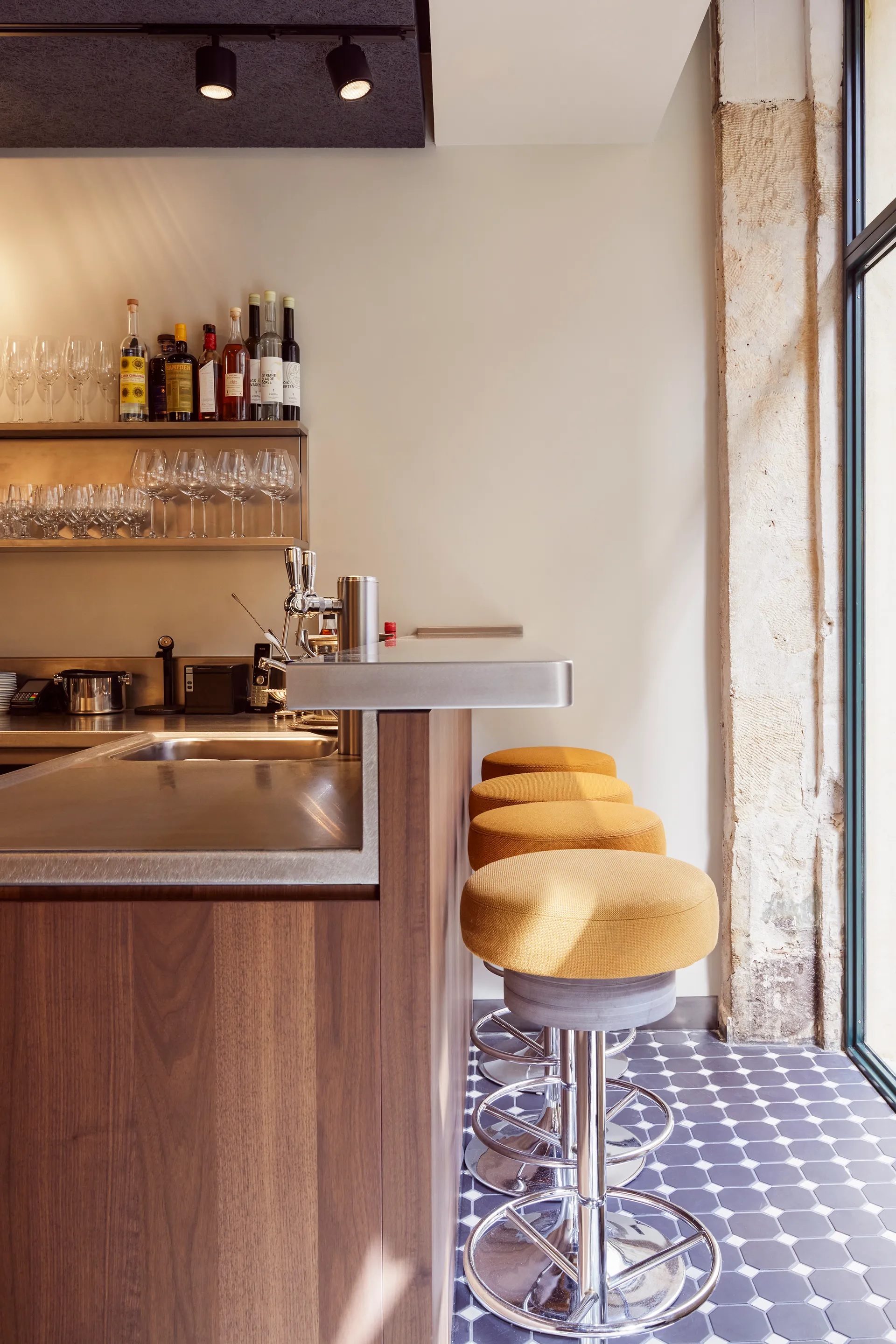
19 rue Saint-Roch, 75001
Having recently had the opportunity to watch a chef work their magic in the kitchen only inches away from me, I can only confirm that food tastes even better when you can witness it take shape first hand. That's why, following Nègre's advice, I am adding 19 Saint Roch to my list of restaurants to check out in Paris.
"19 Saint Roch is a tiny eatery run by acclaimed French chef Pierre Touitou, where you can see him cook new dishes every day," the designer explains. Nestled in a former Japanese restaurant modelled out of earthy tones, with sleek tomette tiles, dark wood furniture, and reflective surfaces setting the tone for a sophisticated culinary experience, the establishment pairs retro-inspired modern interior design with a mouth-watering menu embodying the best of minimalist bistro food.
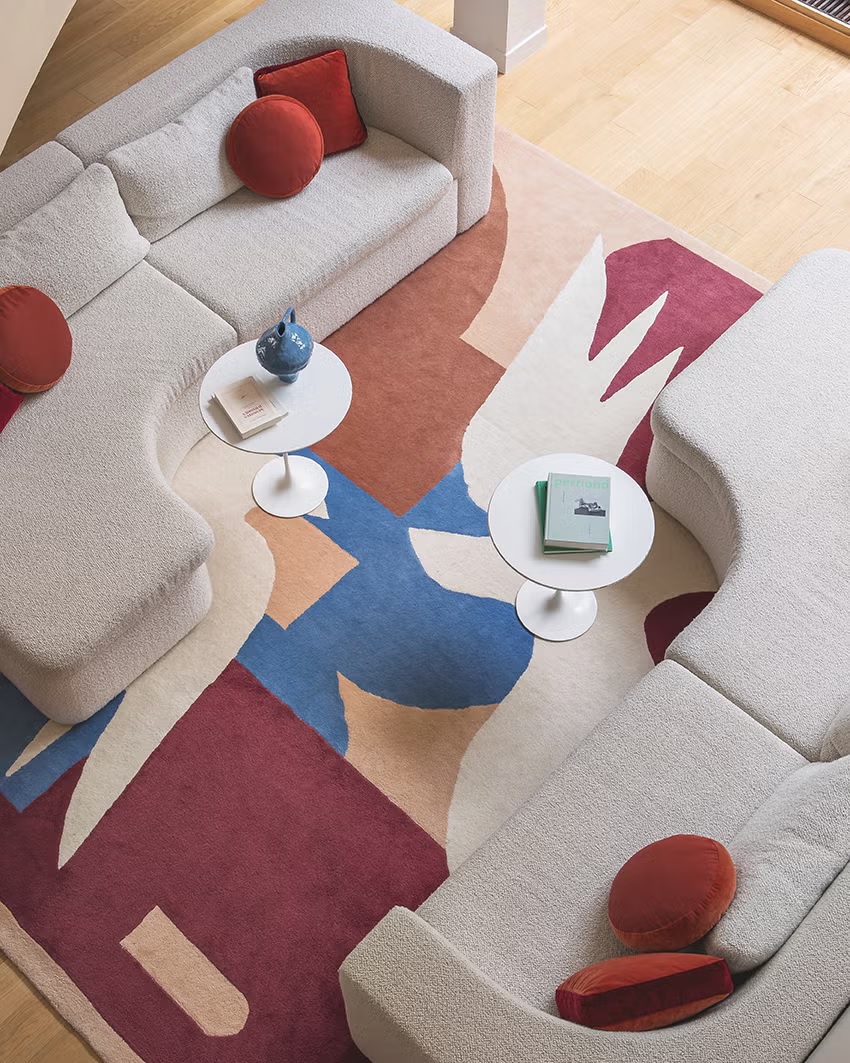
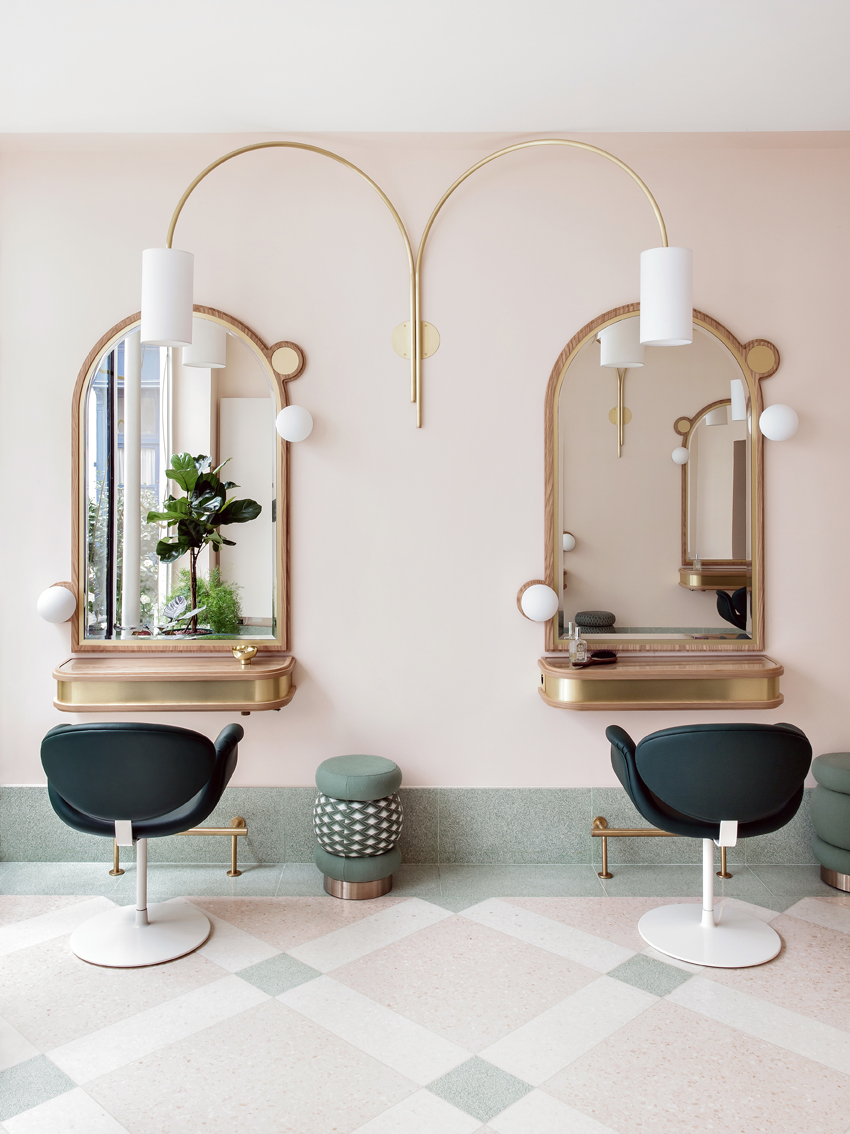
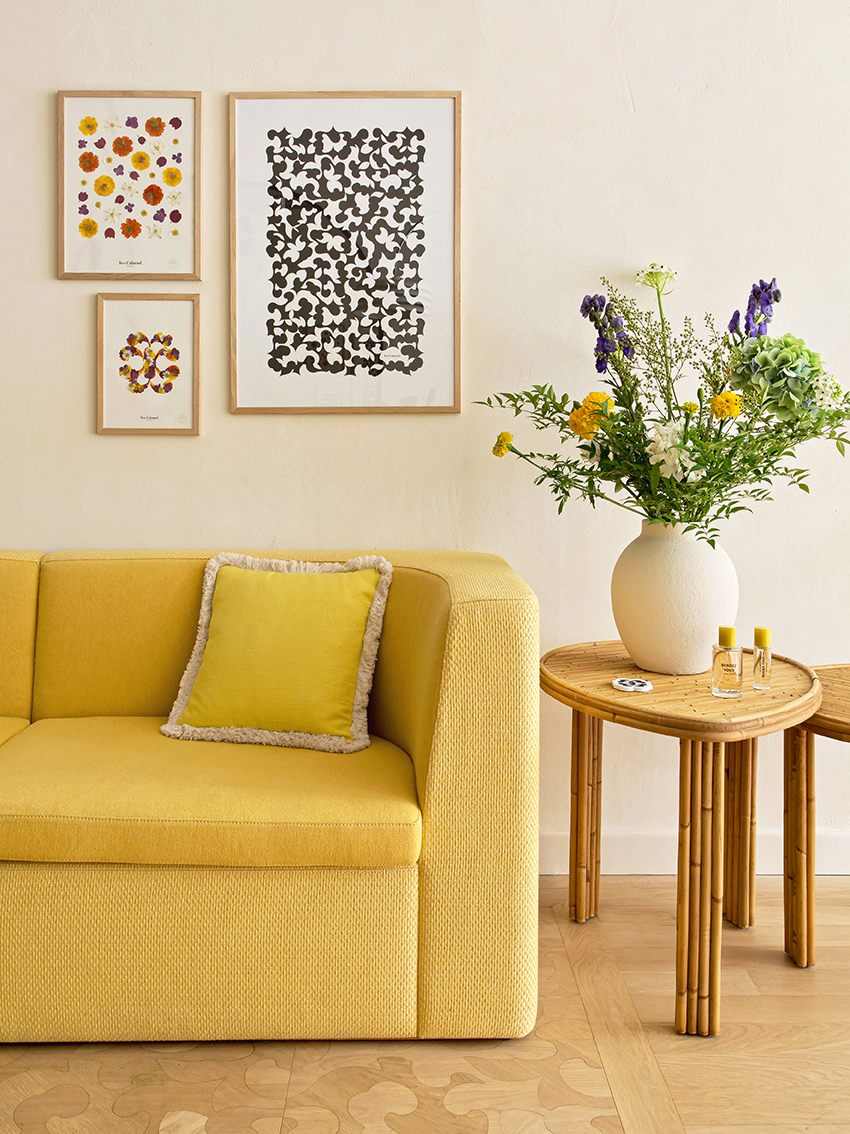
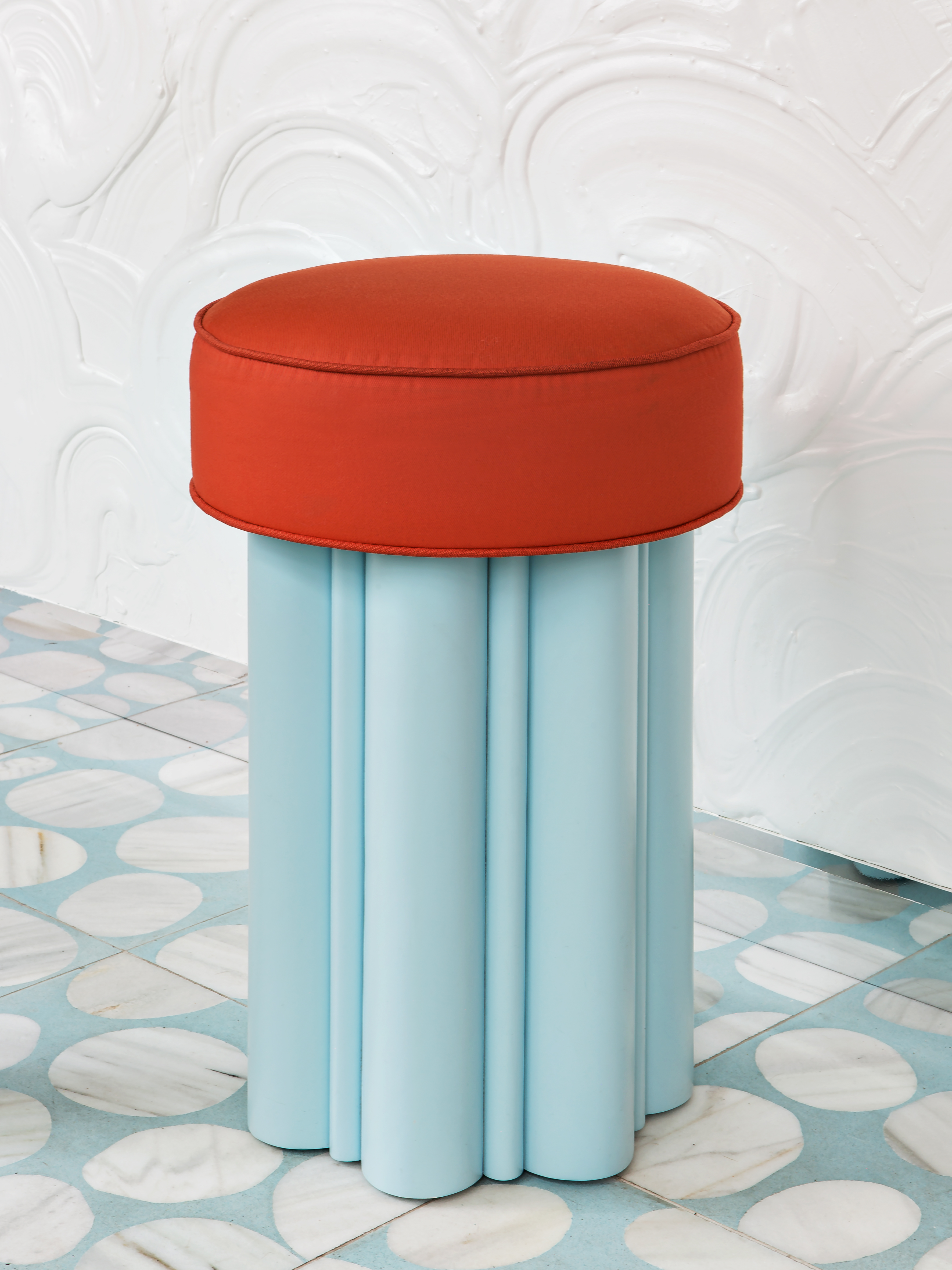
Paris can be a highly divisive place, even more so for those who like to travel the less-trodden path. Whether you are a fan or a critic, this series of travel guides — brought to you by some of the most inspiring names in the design world — will challenge you to take a fresh look at what's around, igniting you with the same love, connection, and curiosity they feel for the city.

Gilda Bruno is Livingetc's Lifestyle Editor. Before joining the team, she worked as an Editorial Assistant on the print edition of AnOther Magazine and as a freelance Sub-Editor on the Life & Arts desk of the Financial Times. Between 2020 and today, Gilda's arts and culture writing has appeared in a number of books and publications including Apartamento’s Liguria: Recipes & Wanderings Along the Italian Riviera, Sam Wright’s debut monograph The City of the Sun, The British Journal of Photography, DAZED, Document Journal, Elephant, The Face, Family Style, Foam, Il Giornale dell’Arte, HUCK, Hunger, i-D, PAPER, Re-Edition, VICE, Vogue Italia, and WePresent.
-
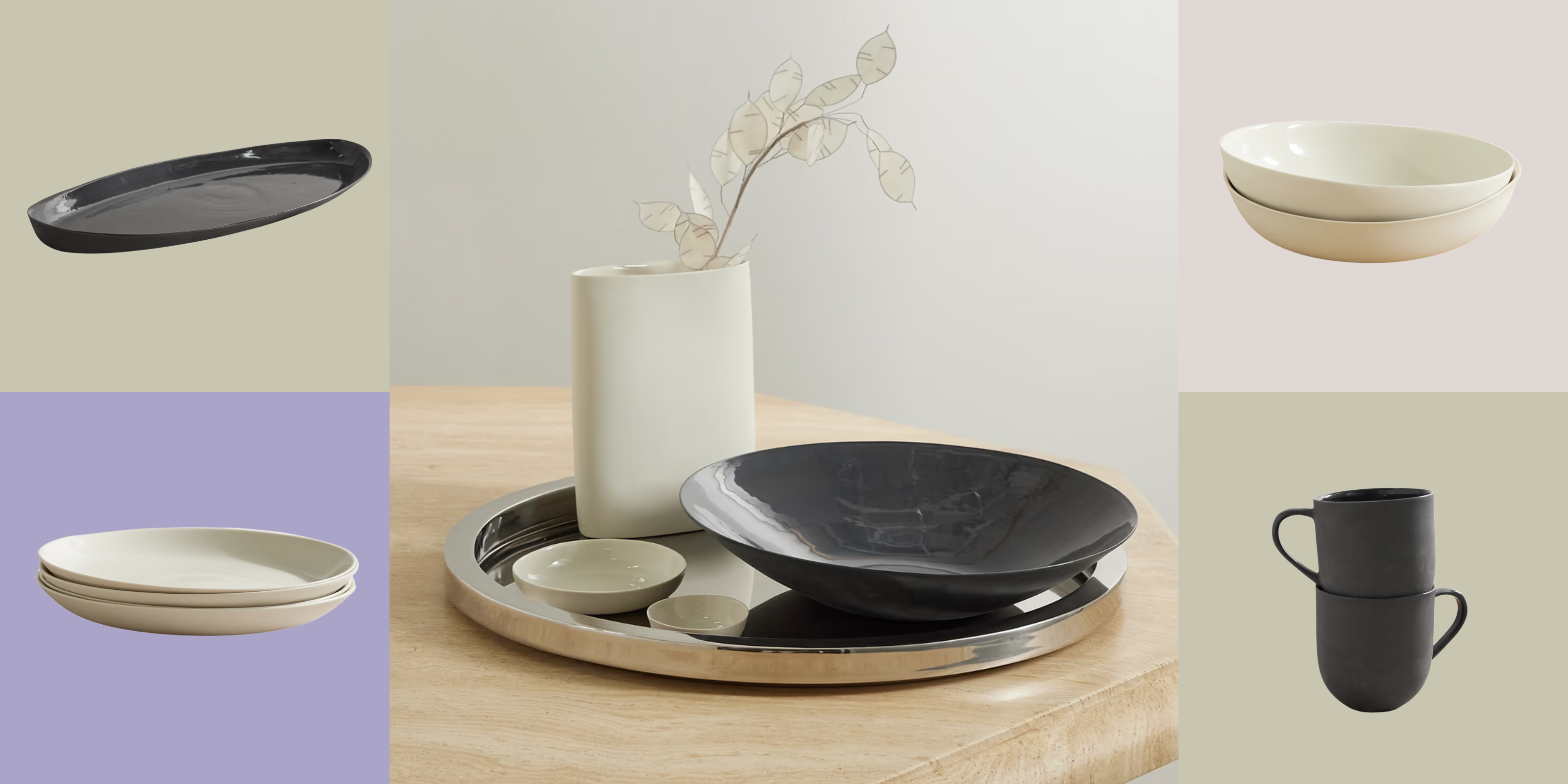 Turns Out, Sustainable Design Can Be Chic, and Net-a-Porter's 'Net Sustain' Curation Is Proof — Here's What I'm Shopping
Turns Out, Sustainable Design Can Be Chic, and Net-a-Porter's 'Net Sustain' Curation Is Proof — Here's What I'm ShoppingFrom the Net Sustain collection, Mud Australia's homeware is not only design-oriented, but eco-focused, too
By Devin Toolen
-
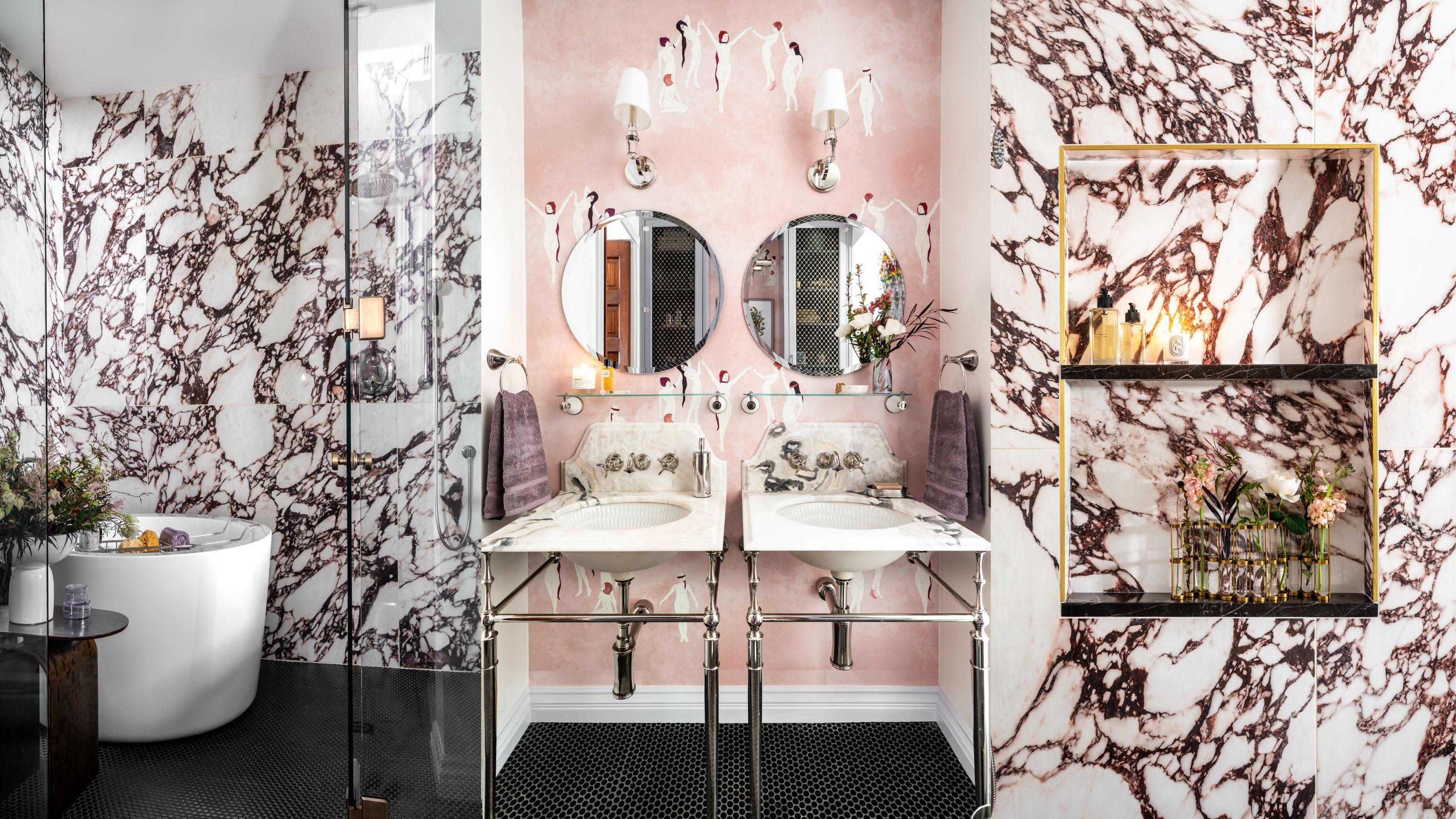 Before and After — How This Jewel-Box Bathroom Made the Most of Its Proportions With Maximalist Design and a 'Soaking Tub'
Before and After — How This Jewel-Box Bathroom Made the Most of Its Proportions With Maximalist Design and a 'Soaking Tub'This design offers a masterclass on creating a luxurious bathroom that is equally playful and elegant.
By Maya Glantz
-
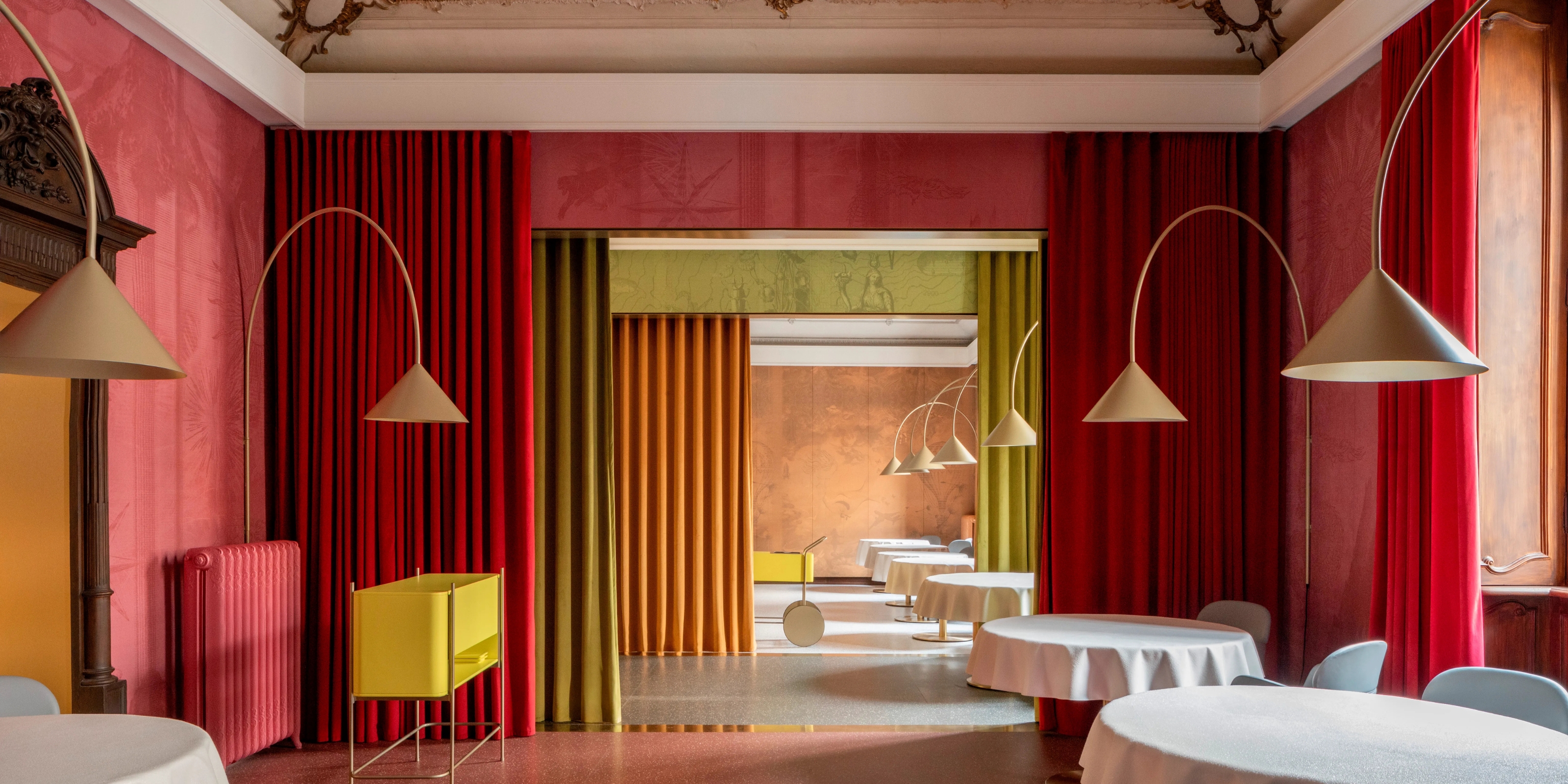 10 Arrestingly Beautiful Milan Restaurants Locals *Actually* Dine at — Selected for Their Interiors
10 Arrestingly Beautiful Milan Restaurants Locals *Actually* Dine at — Selected for Their InteriorsBrought to you by our community of culture insiders, this edit of the best restaurants in Milan sees authentic Italian food and immersive design unite
By Gilda Bruno
-
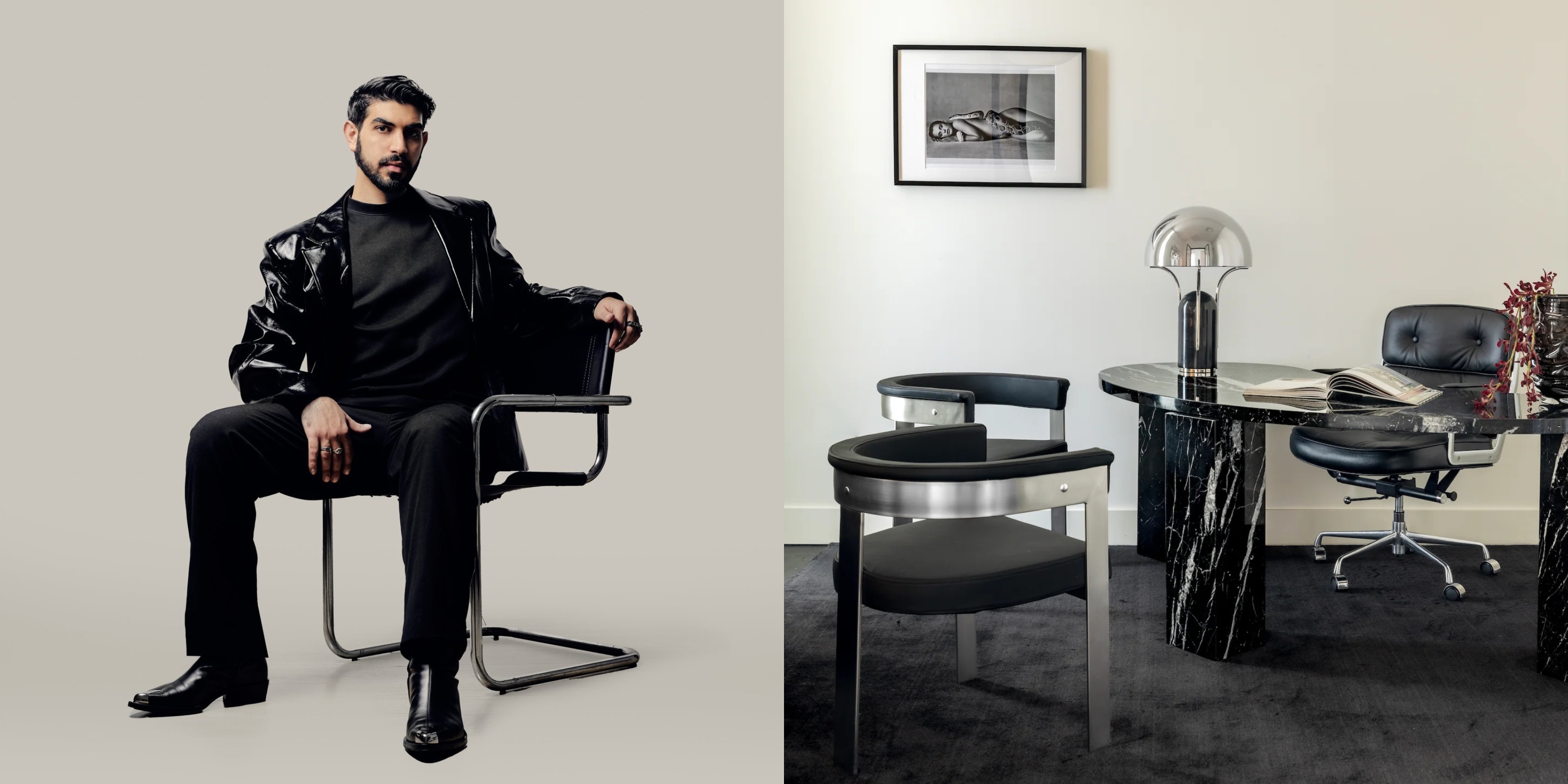 Hidden Trails — TikTok's Favorite Interior Designer, Bilal Rehman, on Houston, the City That Made Him
Hidden Trails — TikTok's Favorite Interior Designer, Bilal Rehman, on Houston, the City That Made HimThe Texan design phenomenon shares the places that inspire him most around his home
By Gilda Bruno
-
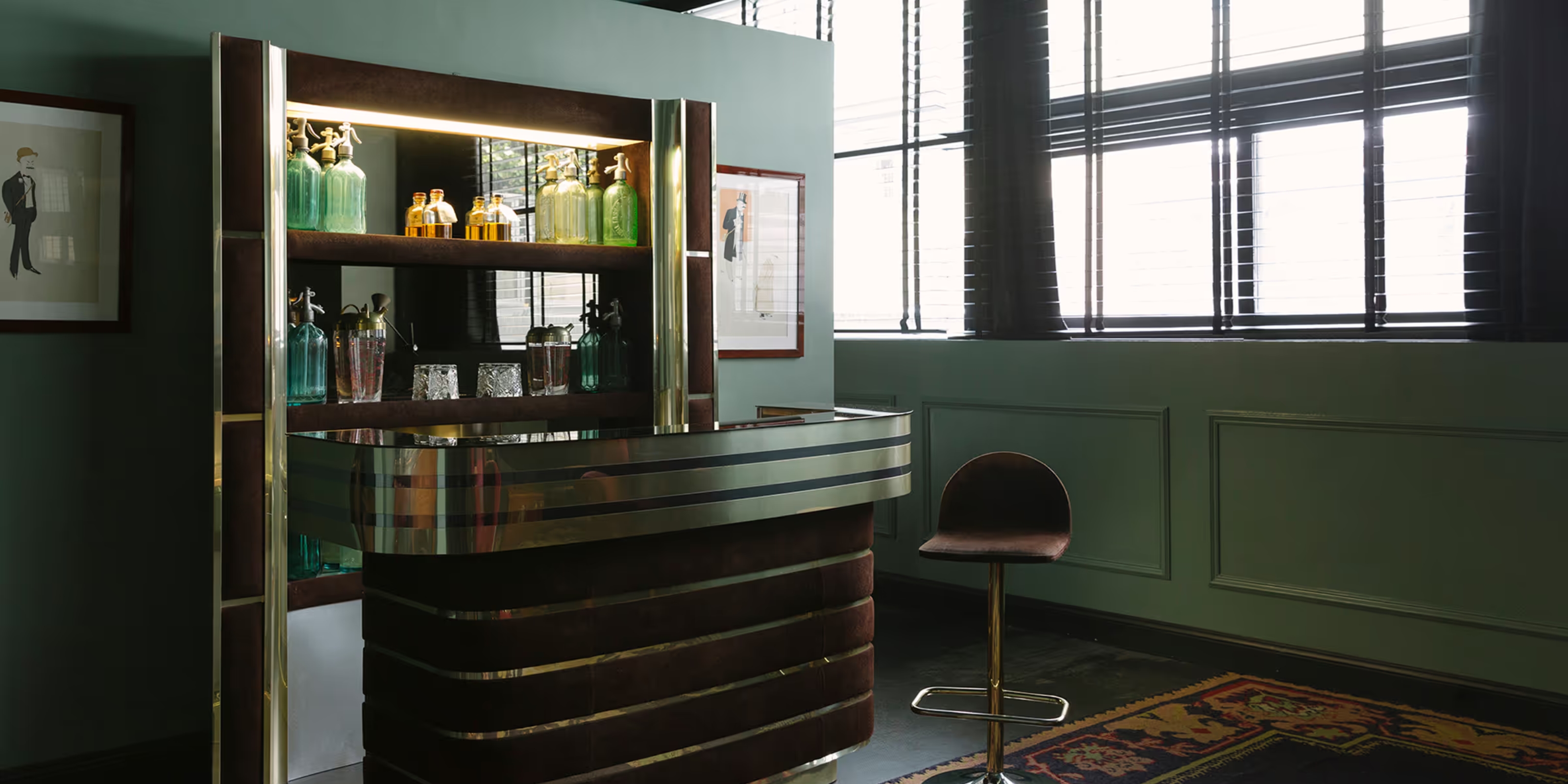 I Picked the Best Milan Hotels for Design-Addicted Travelers — And Their Retro-Futuristic Interiors Are a Masterclass in Timeless Sophistication
I Picked the Best Milan Hotels for Design-Addicted Travelers — And Their Retro-Futuristic Interiors Are a Masterclass in Timeless SophisticationOur Italian Lifestyle Editor rounds up the best boutique hotels in Milan for travelers who want to get a slice of its covetable, timeless flair
By Gilda Bruno
-
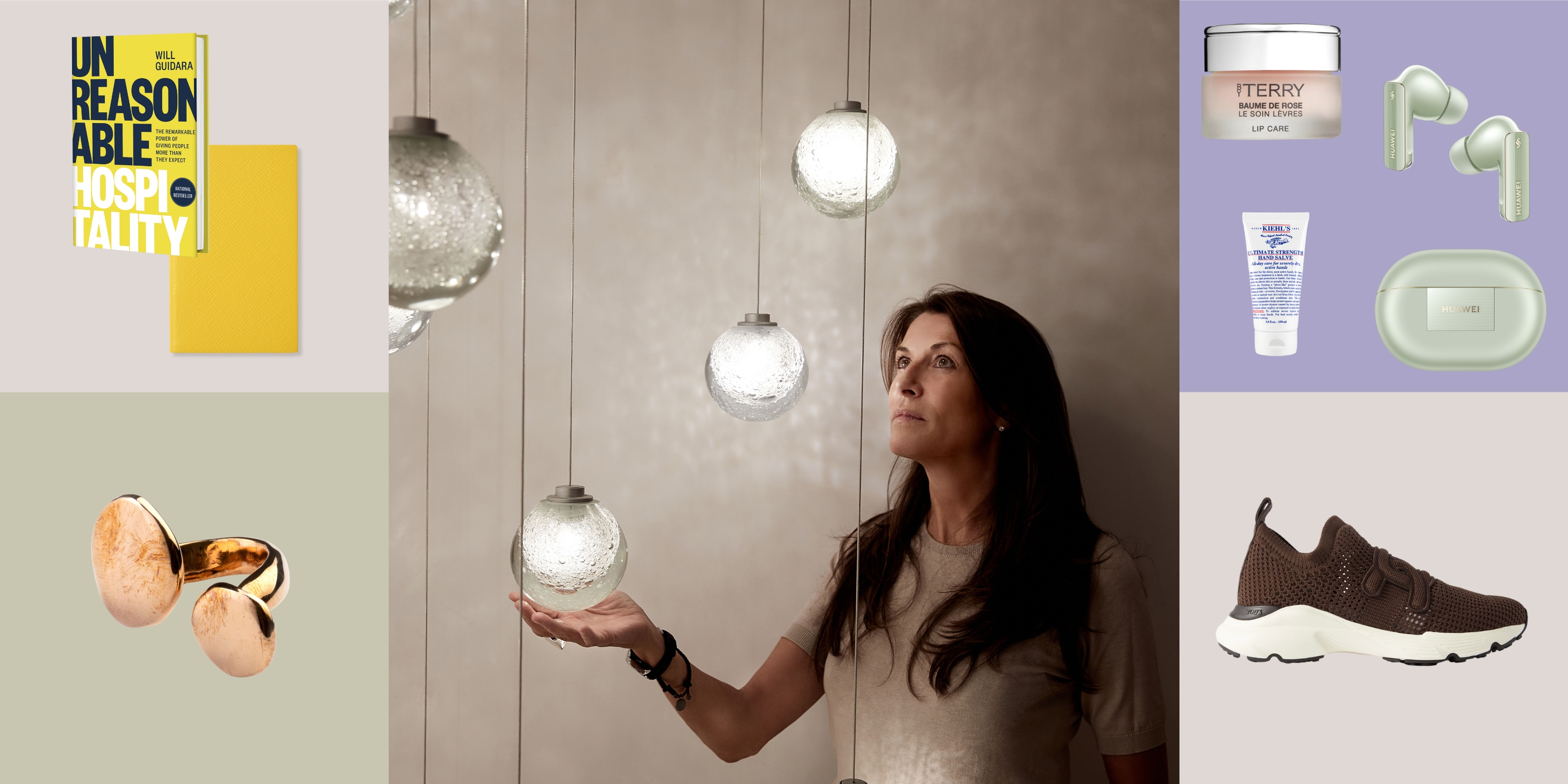 Can't Leave Without — Packing for Milan Design Week 2025 With Articolo Studios' Creative Director Nicci Kavals
Can't Leave Without — Packing for Milan Design Week 2025 With Articolo Studios' Creative Director Nicci KavalsAs the Melbourne-based lighting and furniture studio returns to Salone del Mobile's Euroluce fair, its founder picks her ultimate travel must-haves
By Gilda Bruno
-
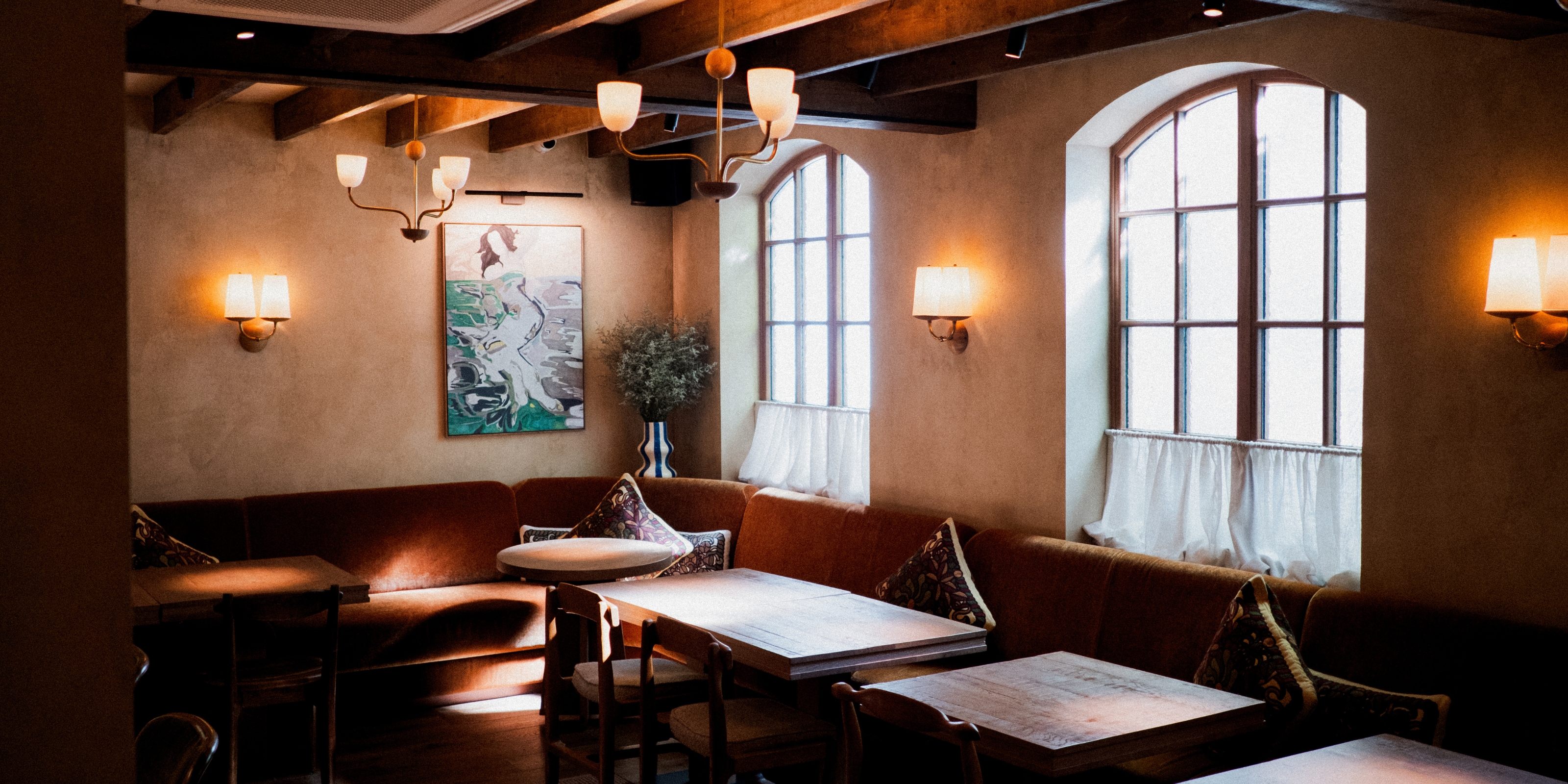 Lita Marylebone Review — Mediterranean Radiance Gets a Tantalizing, Animated West End Makeover
Lita Marylebone Review — Mediterranean Radiance Gets a Tantalizing, Animated West End MakeoverInspired by Southern Europe's traditional chateaux, the Michelin-starred London restaurant puts conviviality front and center through shareable plates and a dynamic, open-plan setting
By Gilda Bruno
-
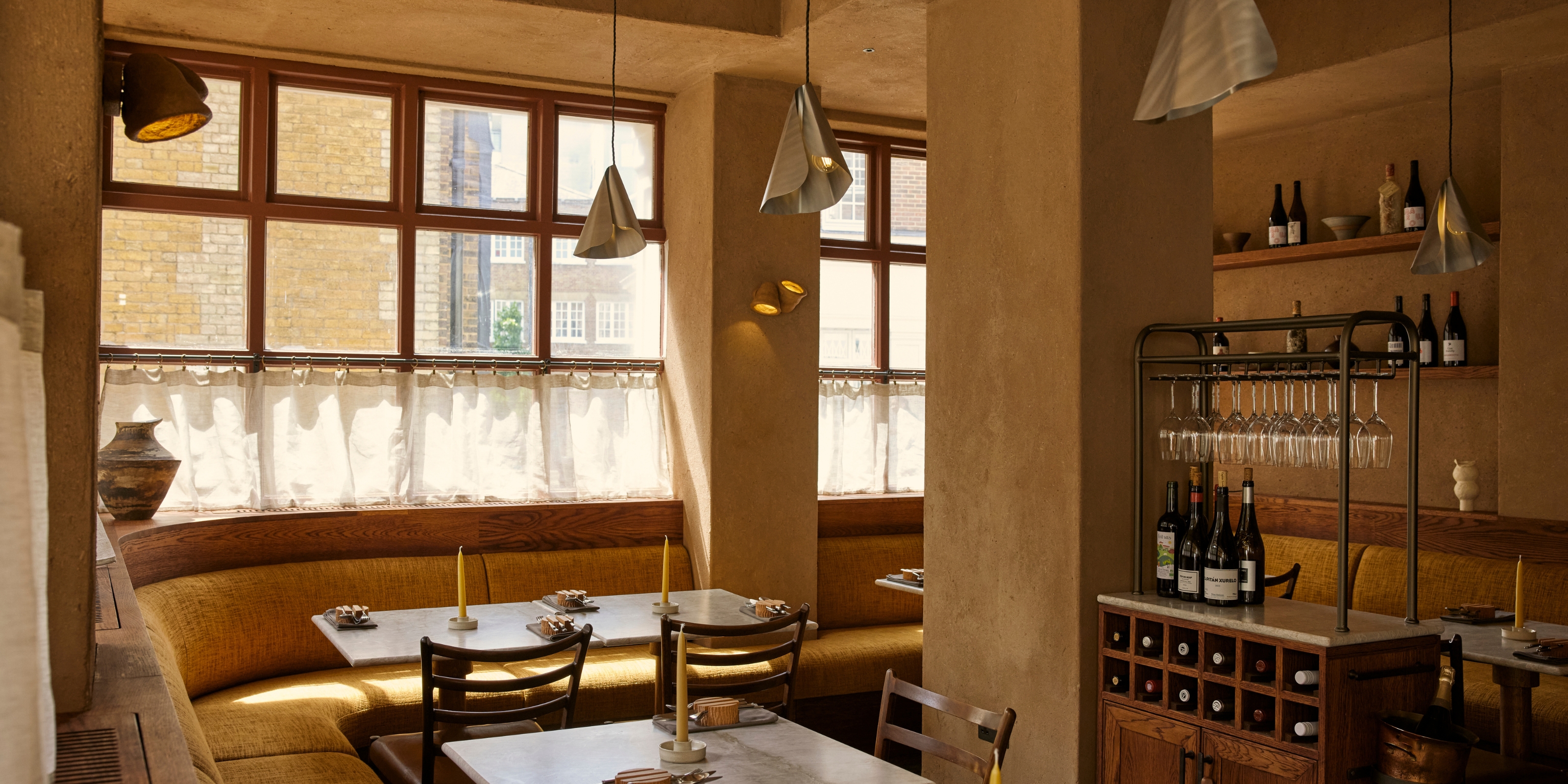 Plates London Review — Nature-Inspired, Earthy Dishes and Interiors Put "Warmth" Back Into Michelin-Star Fine Dining
Plates London Review — Nature-Inspired, Earthy Dishes and Interiors Put "Warmth" Back Into Michelin-Star Fine DiningThe first-ever vegan restaurant to win the prestigious accolade in the UK, this intimate eatery wows with its menu, and its design
By Gilda Bruno
-
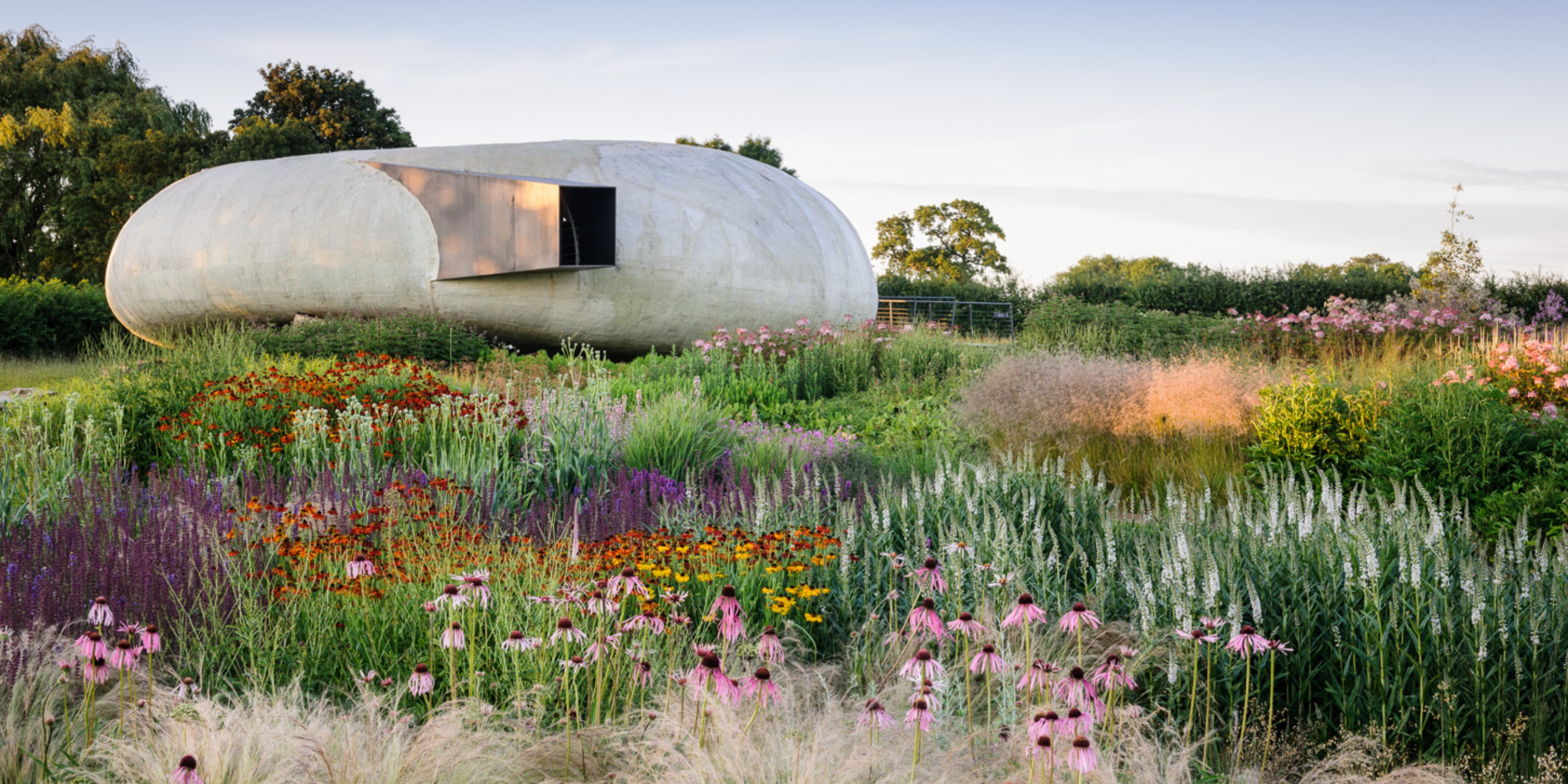 5 Day Trips From London for an Art and Design-Filled Break From the City — Thanks to a Painstaking Holiday Planner
5 Day Trips From London for an Art and Design-Filled Break From the City — Thanks to a Painstaking Holiday PlannerCelebrate the return of spring with our Lifestyle Editor's curated itineraries to five inspiring destinations to explore 'out of town'
By Gilda Bruno
-
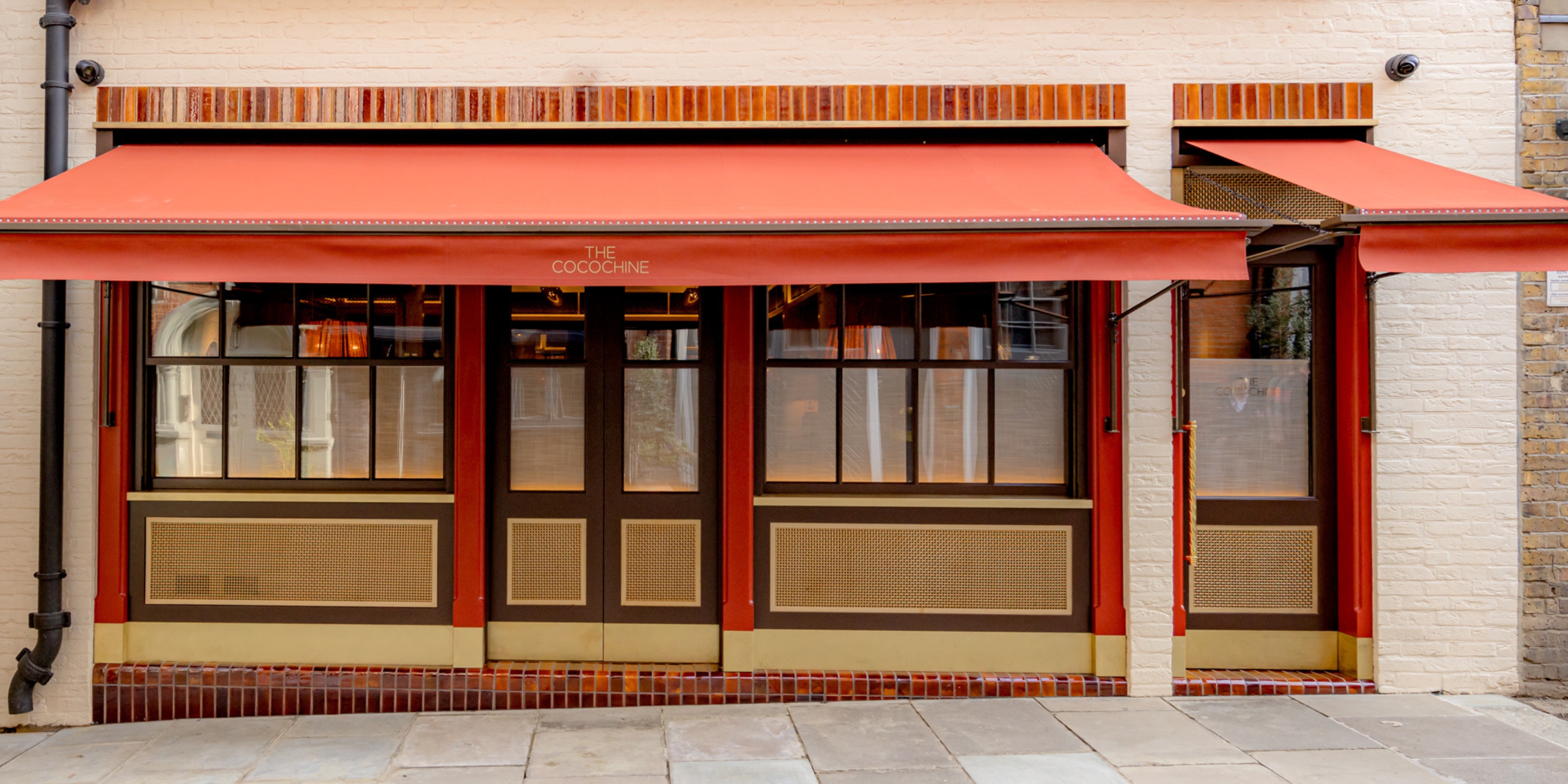 Is Mayfair's The Cocochine the Inspired Restaurant Missing From Your Hotlist?
Is Mayfair's The Cocochine the Inspired Restaurant Missing From Your Hotlist?The brainchild of Hamiltons Gallery owner Tim Jefferies and chef Larry Jayasekara, this hidden-in-plain-sight dining spot elevates gastronomy to an art form — with a little help from its star-studded collection
By Gilda Bruno
